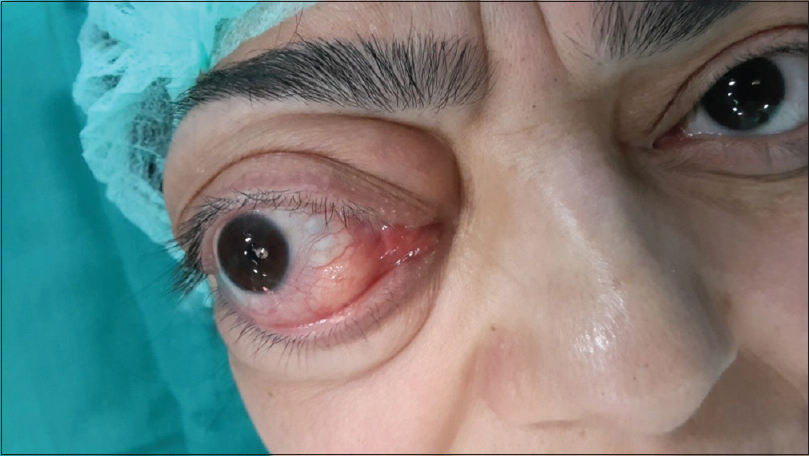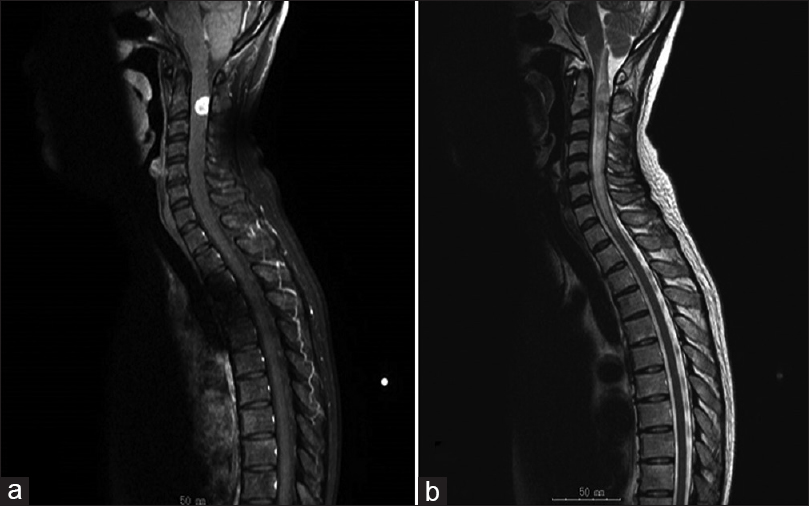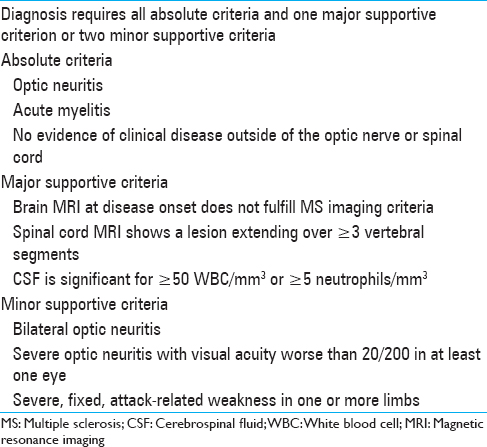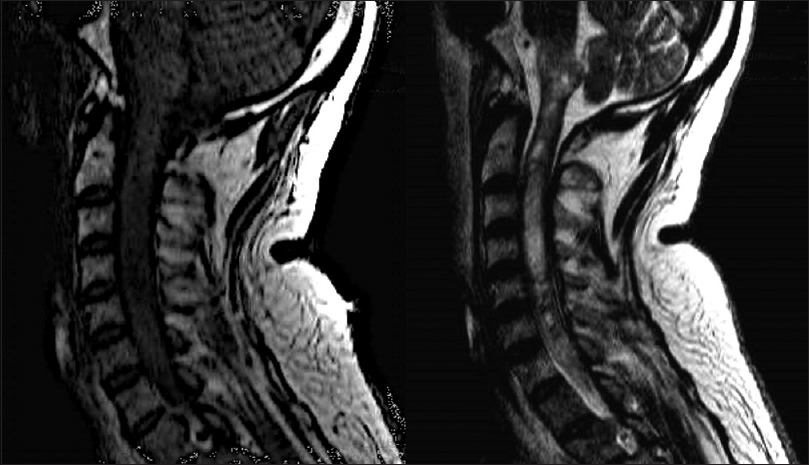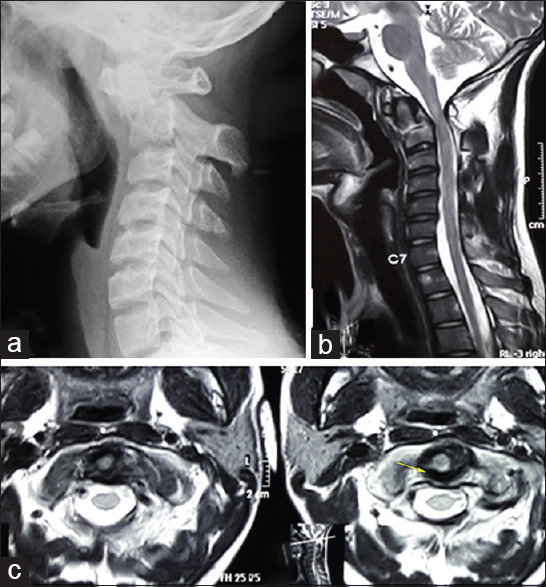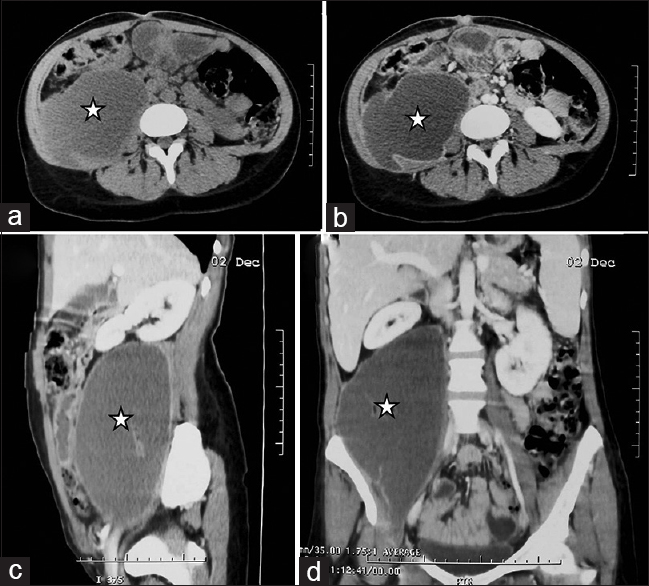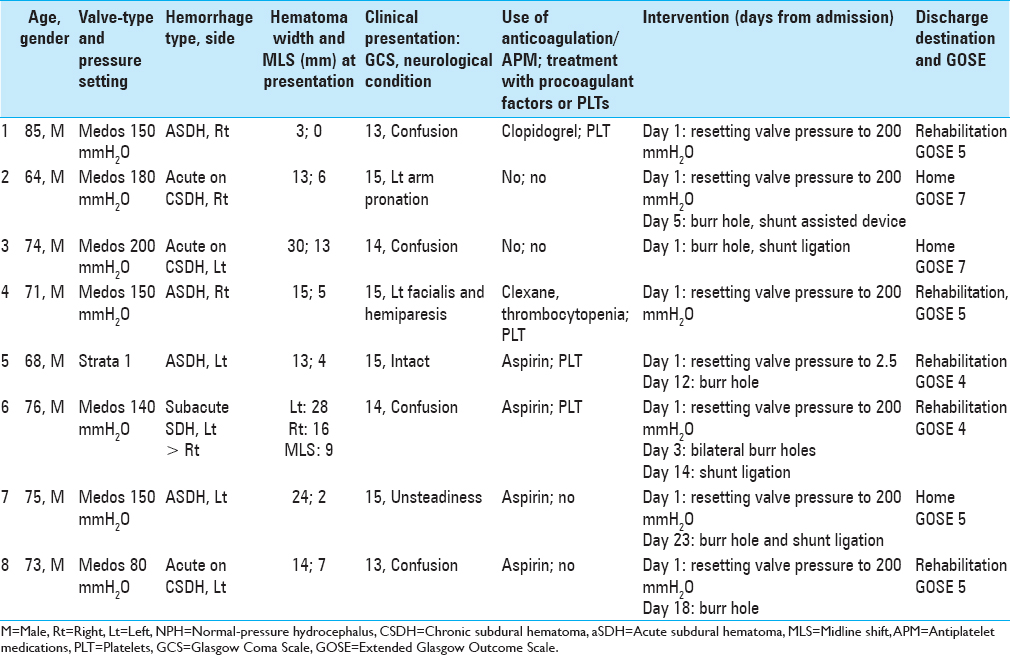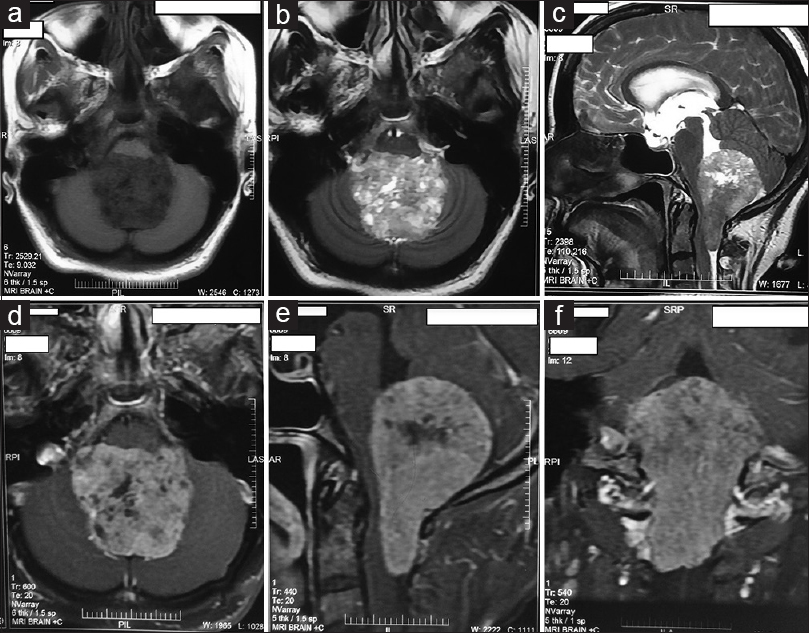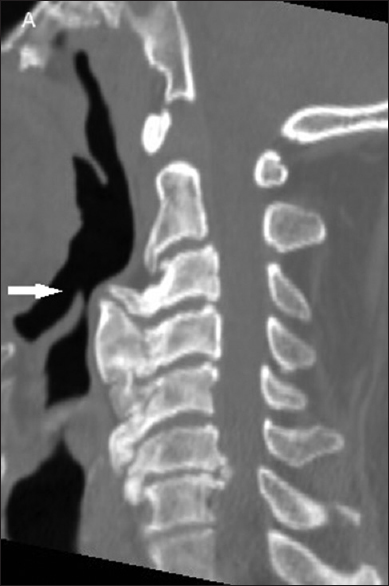Unedited microneurosurgery of a high-grade pineal parenchymal tumor of intermediate differentiation
Date of publication: 04-Dec-2018
Background:WHO Grade II–III pineal parenchymal tumors of intermediate differentiation (PPTIDs) were included in the 2007 World Health Organization Classification of Central Nervous System Tumors as pineal parenchymal tumors between pineocytomas and pineoblastomas. PPTIDs comprise more than 20–60% of all pineal parenchymal tumors (PPT) s and are characterized by moderately high cellularity, mild-to-moderate nuclear atypia, and low-to-moderate mitotic activity. Moreover, PPTID includes transitional cases in which pineocytomatous and pineoblastoma features are associated. Synaptophysin and neuron-specific enolase are usually positive, with variable reactivity to neurofilament protein, chromogranin A, retinal S-antigen, and S-100 protein. PPTID Grades II and III can be distinguished on the basis of mitotic activity (higher in high-grade PPTID) and neurofilament protein immunoreactivity (higher in low-grade PPTID). Herein, we present the microsurgical management of a histologically confirmed high-grade PPTID.
A large primary orbital lymphoma with proptosis: A case report and review
Date of publication: 04-Dec-2018
Background:Primary orbital lymphomas are a rare subset of tumors constituting 1–2% of non-Hodgkin's lymphoma. They are mostly indolent B-cell lymphomas presenting with gradual progressive proptosis, decreased visual acuity, restricted ocular mobility, and diplopia. The role of surgery is mainly for obtaining a biopsy. Most of these tumors require multimodality treatment including chemotherapy, radiation, or both, which have major role.
Intramedullary and intratumoral hemorrhage in spinal hemangioblastoma: Case report and review of literature
Date of publication: 04-Dec-2018
Background:Intramedullary hemorrhages involving spinal hemangioblastomas are rare. They are frequently associated with devastating neurologic outcomes, despite with emergent surgical intervention. Here, we presented an example of an intramedullary hemorrhage occurring in a spinal hemangioblastoma, where the patient markedly improved with surgery. Additionally, the appropriate literature was reviewed (including intraoperative video).
Comprehensive review of neuromyelitis optica and clinical characteristics of neuromyelitis optica patients in Puerto Rico
Date of publication: 03-Dec-2018
Abstract
Neuromyelitis optica (NMO) is an immune-mediated inflammatory disorder of the central nervous system. It is characterized by concurrent inflammation and demyelination of the optic nerve (optic neuritis [ON]) and the spinal cord (myelitis). Multiple studies show variations in prevalence, clinical, and demographic features of NMO among different populations. In addition, ethnicity and race are known as important factors on disease phenotype and clinical outcomes. There are little data on information about NMO patients in underserved groups, including Puerto Rico (PR). In this research, we will provide a comprehensive overview of all aspects of NMO, including epidemiology, environmental risk factors, genetic factors, molecular mechanism, symptoms, comorbidities and clinical differentiation, diagnosis, treatment, its management, and prognosis. We will also evaluate the demographic features and clinical phenotype of NMO patients in PR. This will provide a better understanding of NMO and establish a basis of knowledge that can be used to improve care. Furthermore, this type of population-based study can distinguish the clinical features variation among NMO patients and will provide insight into the potential mechanisms that cause these variations.
Cervicomedullary primitive neuroectodermal tumor of the spine: Case report
Date of publication: 28-Nov-2018
Background:Intramedullary primitive neuroectodermal tumors (PNETs) are tumors found rarely in the cervical region, with only five such cases described in the literature. The available literature contains only one report regarding cervicomedullary junction PNET.
Odontoid fracture with missed diagnosis of Transverse Atlantal Ligament (TAL) injury resulting in late-onset instability
Date of publication: 28-Nov-2018
Background:Concurrent injuries to both the odontoid and transverse atlantal ligament are rare and can be easily missed. Failure to diagnose both lesions potentially leads to the late onset of sagittal plane instability and acute myelopathy. Here, we present a patient with an odontoid fracture whose transverse atlantal ligament (TAL) injury was originally missed on magnetic resonance imaging (MRI) and computed tomography (CT) scans. He later developed atlantoaxial instability requiring surgery.
Primary tuberculous psoas abscess as a postpartum complication: Case report and literature review
Date of publication: 28-Nov-2018
Background:Primary psoas abscess is an unusual clinical entity rarely encountered in the postpartum period. Only seven cases have been reported to date. Here, we present a woman with a primary psoas abscess caused by Mycobacterium tuberculosis and occurred 2 months following a normal vaginal birth. We highlight the difficulties in the management of this uncommon condition in light of the relevant literature.
Acute subdural hematomas in shunted normal-pressure hydrocephalus patients – Management options and literature review: A case-based series
Date of publication: 28-Nov-2018
Background:Ventriculoperitoneal shunting (VPS) is considered a risk factor for developing subdural hematomas (SDH). Treating cases of acute SDH (aSDH) in shunted normal-pressure hydrocephalus (NPH) patients can be challenging, and data in this field are scarce. We report our experience treating shunted NPH patients presenting with aSDH.
Fourth ventricle meningioma with cervical extension: An unusual entity
Date of publication: 28-Nov-2018
Clinical and radiological features of Forestier's disease presenting with dysphagia
Date of publication: 28-Nov-2018
Background:Diffuse idiopathic skeletal hyperostosis (DISH), also known as Forestier's disease, is a rheumatologic condition characterized by ossification of the spinal ligaments and tendons. Large anterior osteophytes are typically present in the lower cervical levels, while upper cervical ossification resulting in dysphagia is very rare.


